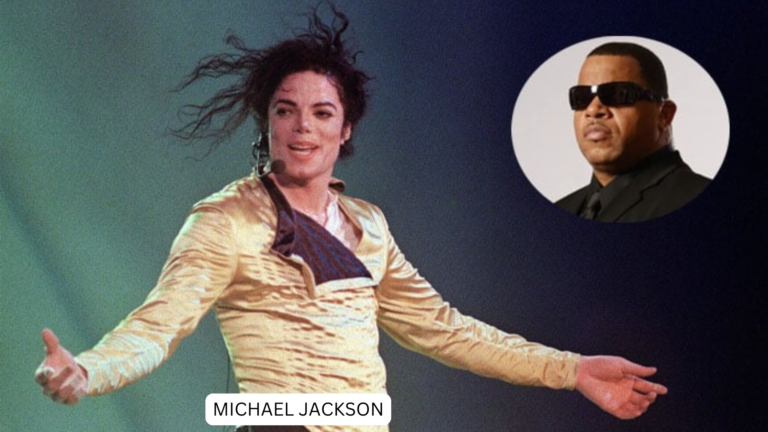Slim Shady, the provocative alter-ego of rapper Eminem, may be finally silenced after 25 years.
Slim Shady’s peroxide blonde hair and blue jeans are a reflection of Eminem, who grew up in a “white trash” environment.
Eminem announced in a surprise announcement that was teased to look like a mock news report about a murder, his new album The Death of Slim Shady(Coup de Grace) will be released during the summer.
Shady said again on Friday “guess who is back”, reappearing on Houdini, the album’s first single.
Eminem faces off against the rap antihero he invented, with cameos by Dr Dre and Snoop, as well as Pete Davidson and Shane Gillis.
The rapper concluded that “I knew it would only be a matter time” when he announced the new album’s title.
As his alter-ego stands up for the final time, how can we best understand his legacy?
Eminem, born Marshall Mathers III was raised by Michigan’s majority-black, low-income neighbourhoods in Detroit.
When he was a teen, rap became his escape from a childhood filled with bullying and strained relationships between parents.
was “crushed” by Vanilla Ice’s success in 1990. His pop-party song Ice Ice Baby sold millions.
Justin Sayles , The Ringer’s Justin Sayles, said that “Ice became synonymous with selling-out and manufactured success.”
Nick Hasted, in his biography of Eminem, wrote that Mathers was “a true product from the ghetto street”.
Jeff Weiss, a white rapper, described this as “the cultural debt” that is faced by him.
His flow was superb, having been honed over years of rap fights.
Prof Anthony Kwame Harrison praised Eminem for his skills. He said that “his outstanding rhymes and songcraft made Eminem the last white pioneer in rap”.
Infinite (1996), his 1996 debut album, was not a hit with major labels.

Slim Shady’s early mentors the Bass Brothers suggested the concept of “shock rap”, which was the beginning of Slim Shady.
Mark Bass added, “The market did not take to it until the speaker got a bit foul-mouthed.”
Eminem was immediately signed to Interscope by Dr Dre and Jimmy Iovine, the NWA rap royalty.
Dre found in Slim Shady a hero who was an anti-hero. Dre’s cosign of Eminem cemented his crossover appeal.
The partnership between Slim Shady’s production team and Eminem may have helped to bridge some of raps racial divisions, but the release of 1999’s Slim Shady LP, on an unprepared public, has also created contradictions that still exist in Slim Shady’s and Eminem’s legacy.
‘White hot’
Eminem as Slim Shady was the perfect choice for a chaotic release. was reportedly America’s “happiest decade”, but Shady showed a white underbelly.
Slim Shady sold 500,000 albums in just two weeks, earning Eminem two Grammys. This was the first time in Eminem’s career that a record did not debut at number 1.
Marshall Mathers’ chart-topping LP, released a year after, took aim at parents who were outraged, politicians and hypocrisy in society. Shady took great pleasure in provoking the prim suburbia of white people, and crudely proclaimed unspoken truths. He spat: “There are a million people just like me…who cuss the same way as me.”
Shady led an army of lookalikes to the 2000 MTV performance, provoking critics.
Rolling Stone said he went from “white trash” to “white hot”.
Mathers is a paradox, as Shady’s antics are balanced by his thought provoking raps under the name Eminem.
Stan is the track that best shows Eminem’s self-awareness.
The storyline is a groundbreaking one. It follows an obsessive Shady fan, who kills both himself and his girlfriend after Eminem doesn’t reply to his letters. Eminem apologizes for the delay at the end of this track.
The track, according to Dr Phoenix Andrews, an expert on fandoms and a writer, was incredibly prescient, as it portrayed the intense pressure and responsibility that artists and fans have today.
Dr Andrew explains that men talking about mental illness was rarer back then, and it is still stigmatised. Stan’s response to Eminem was a rare occurrence at the time.









